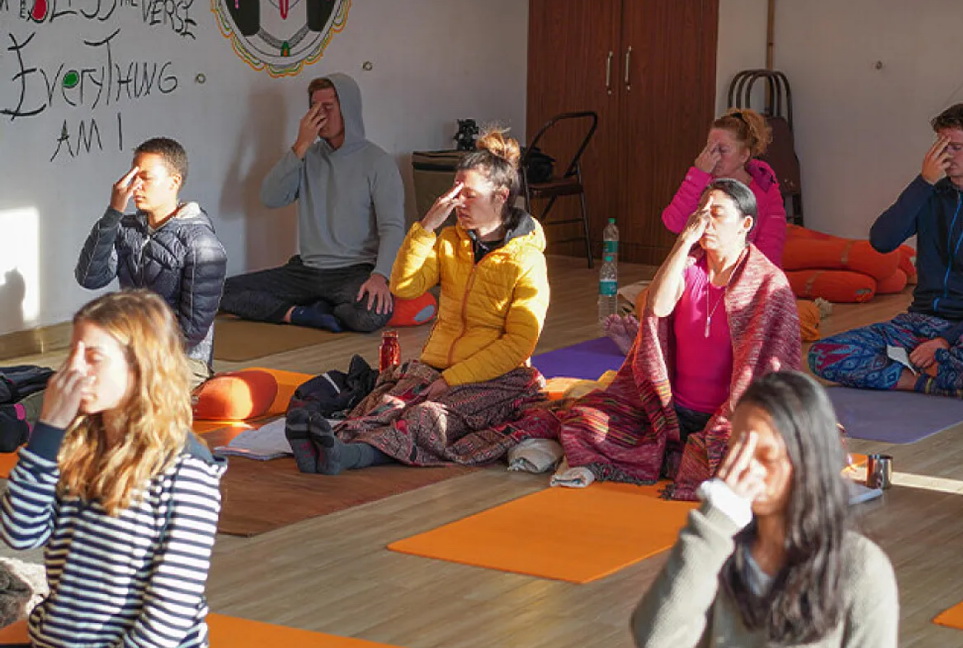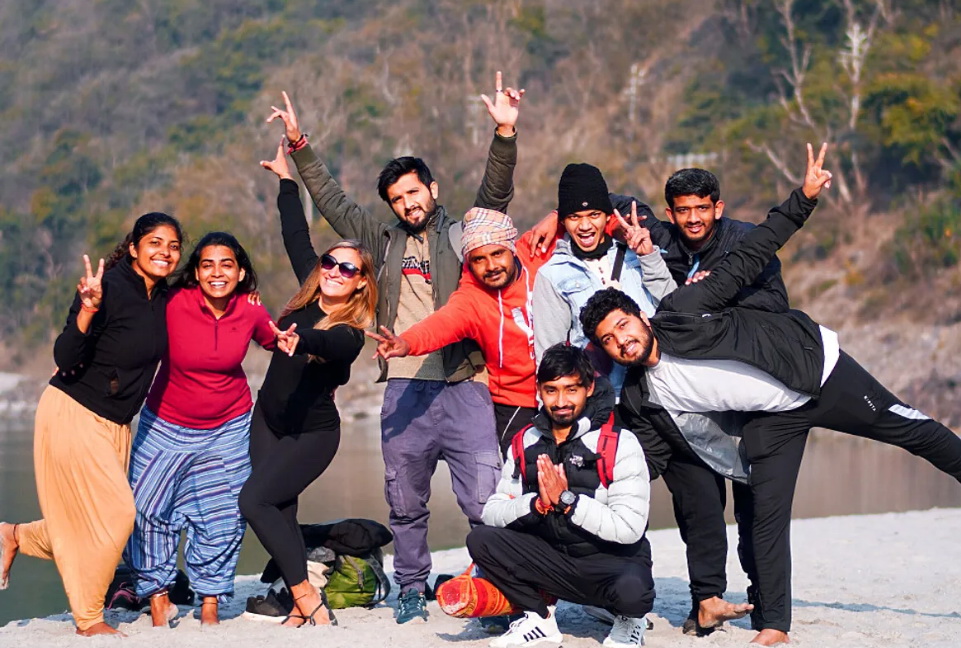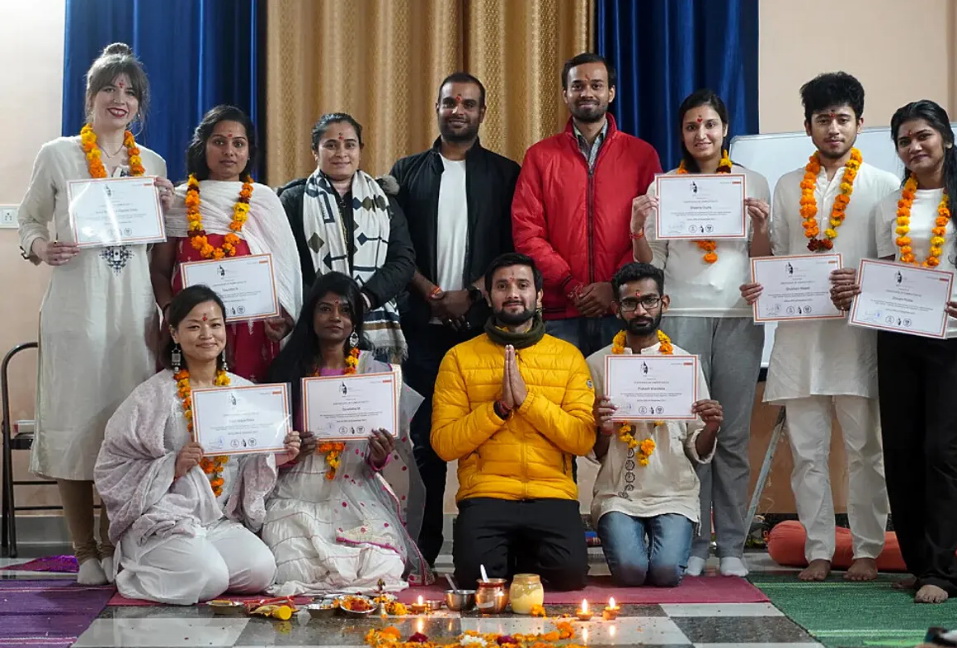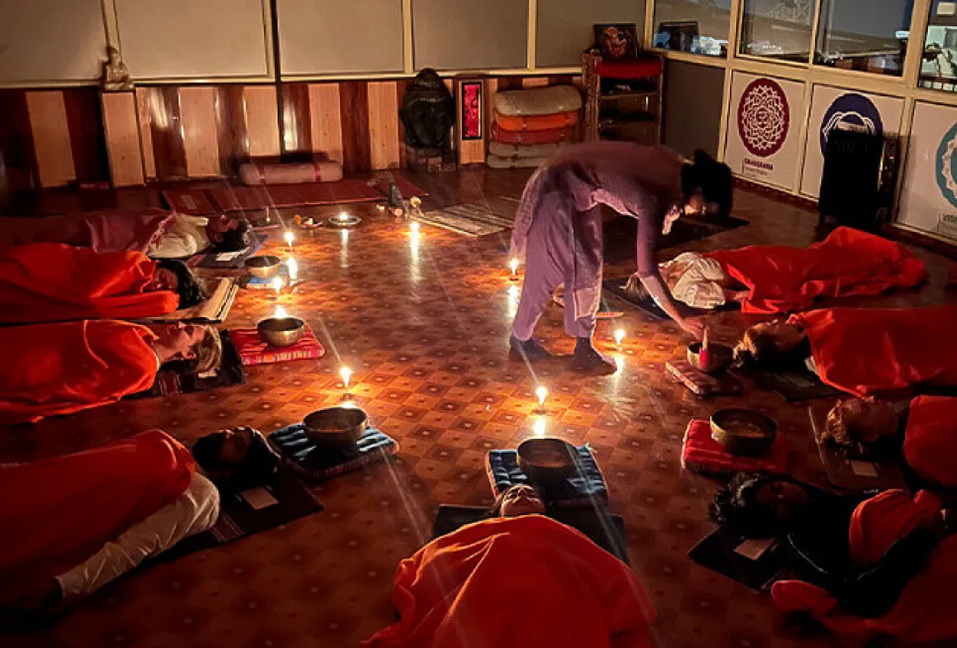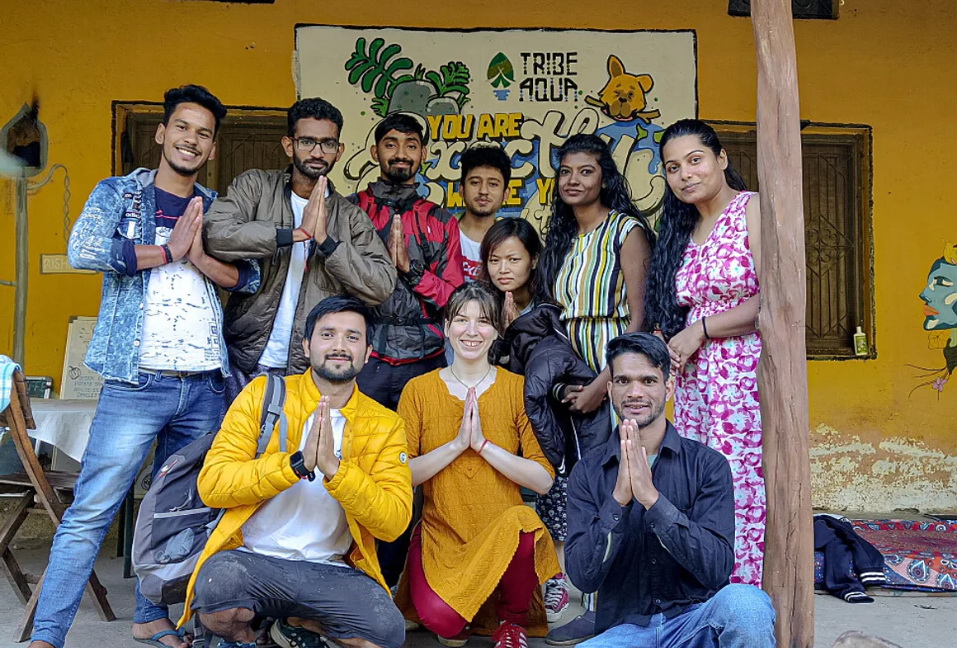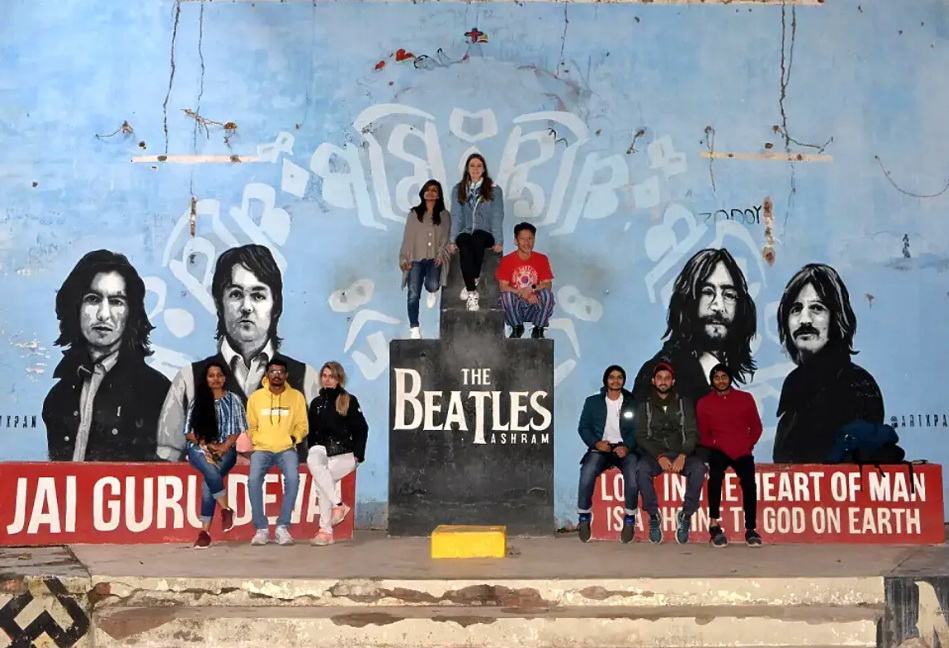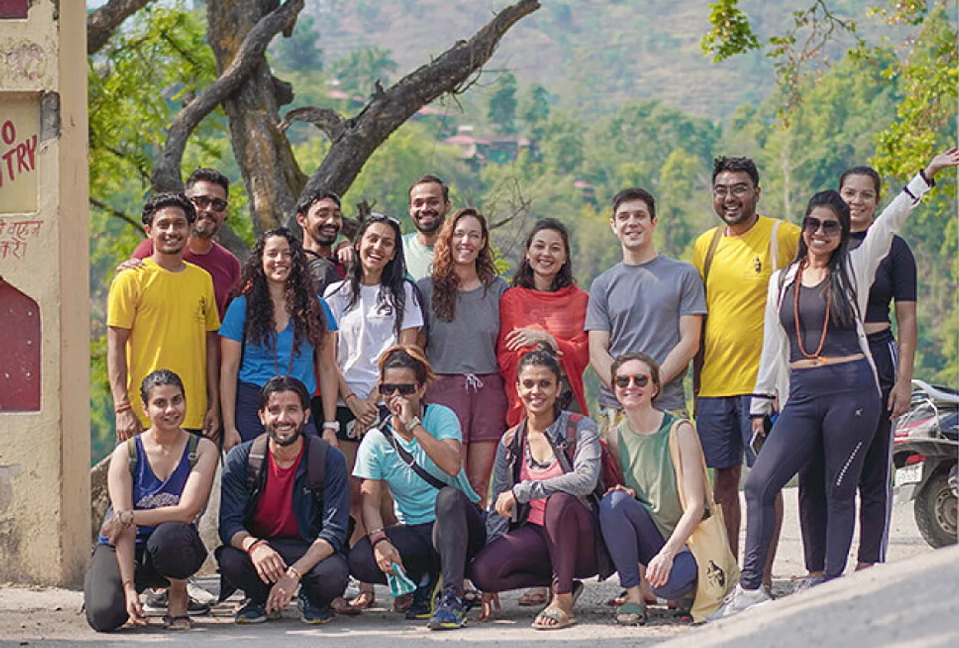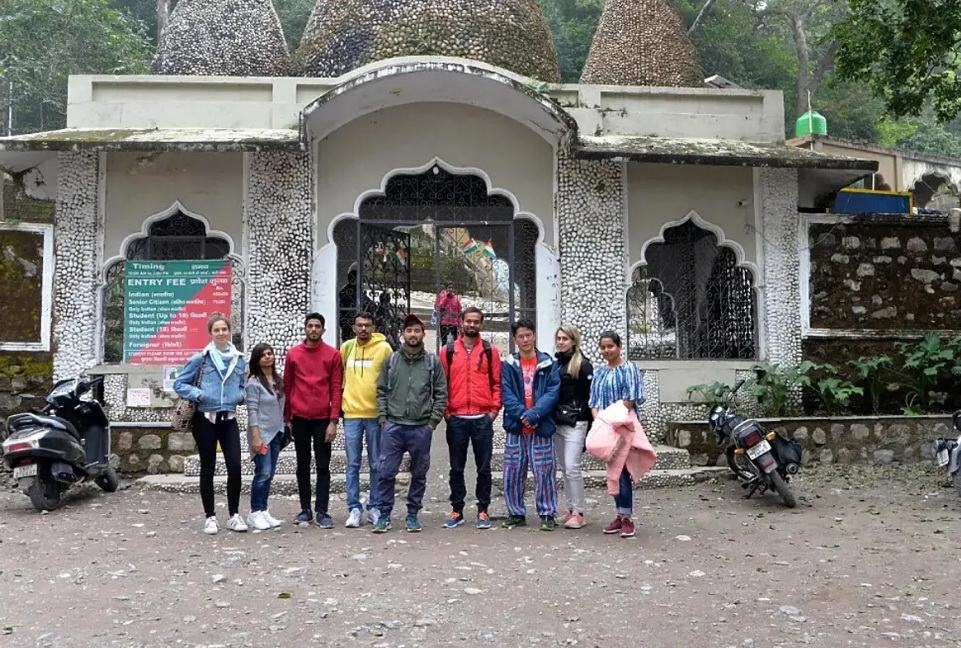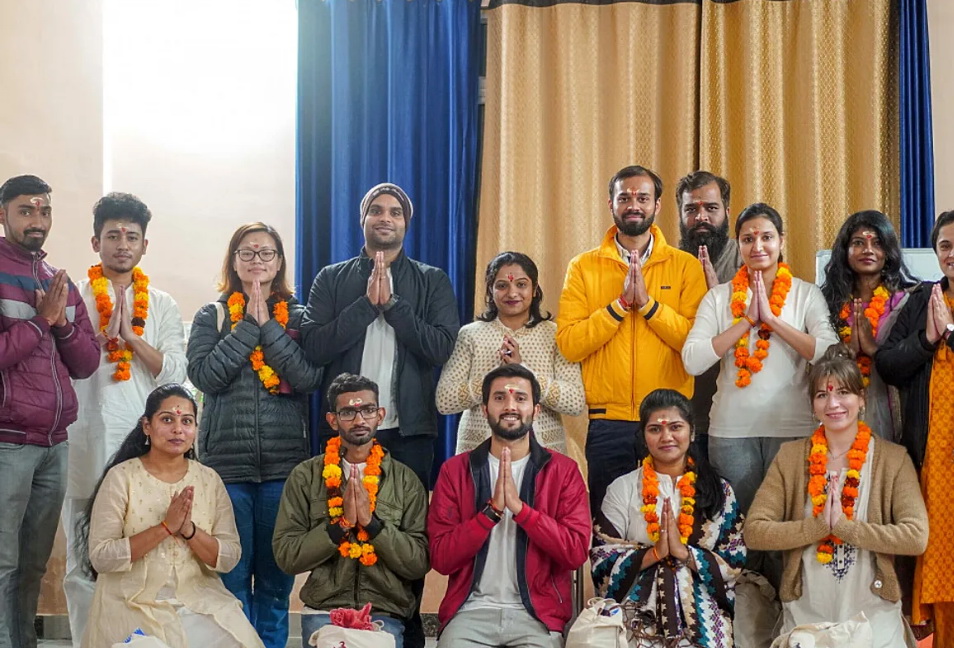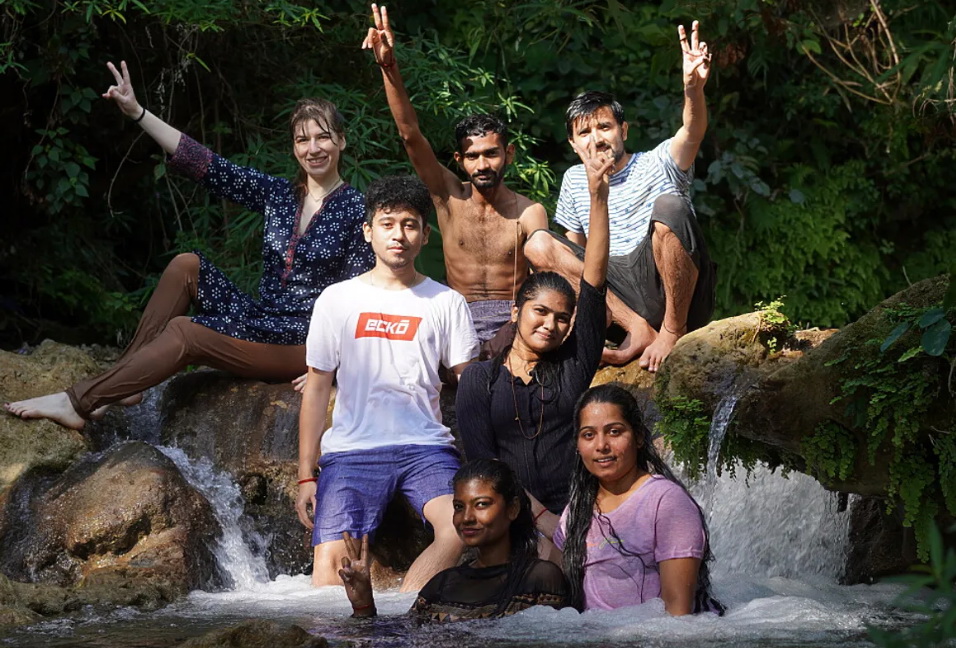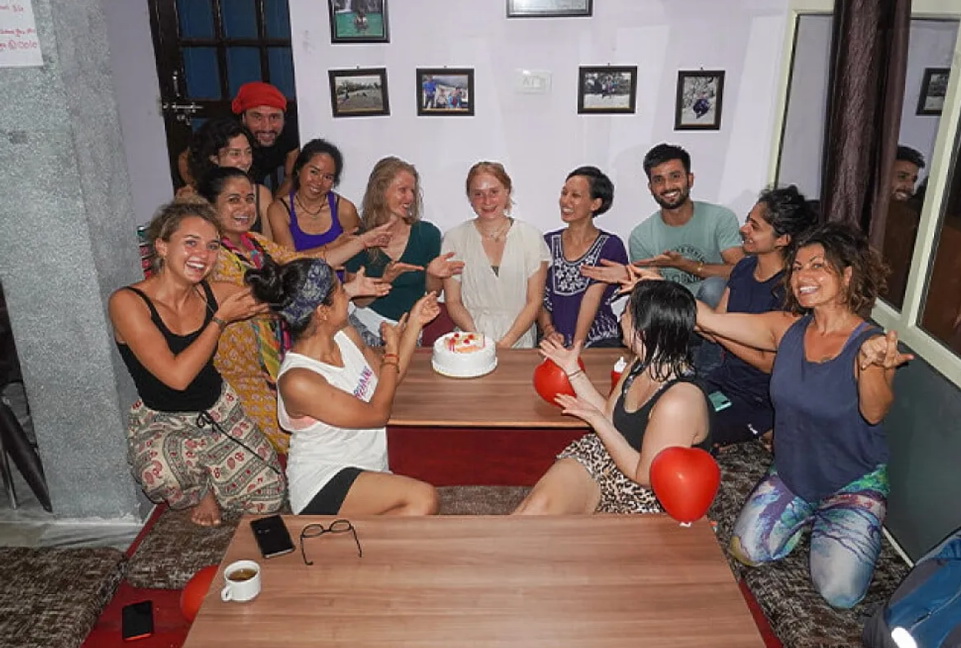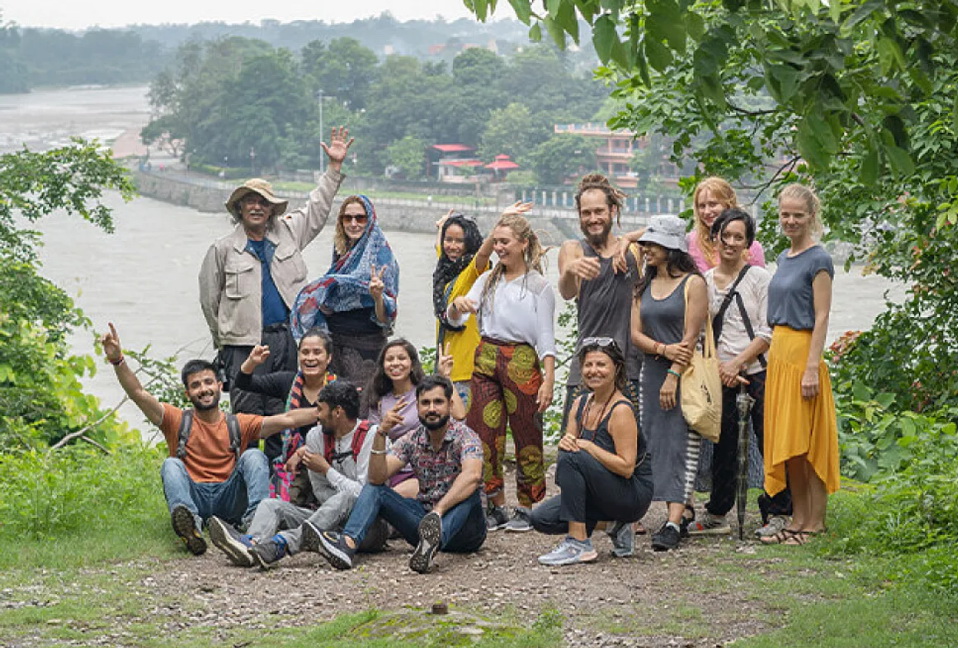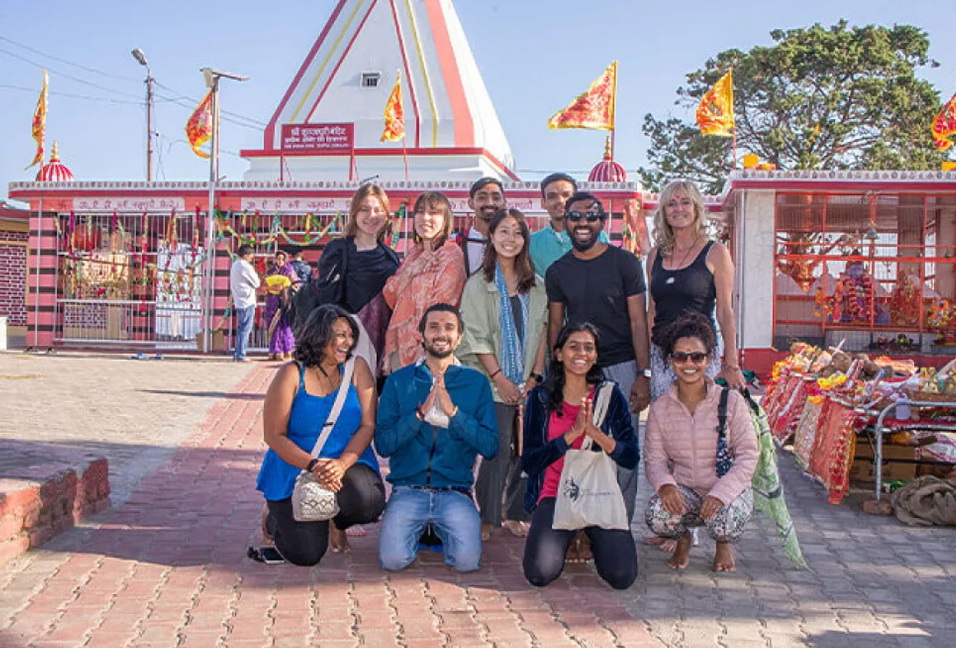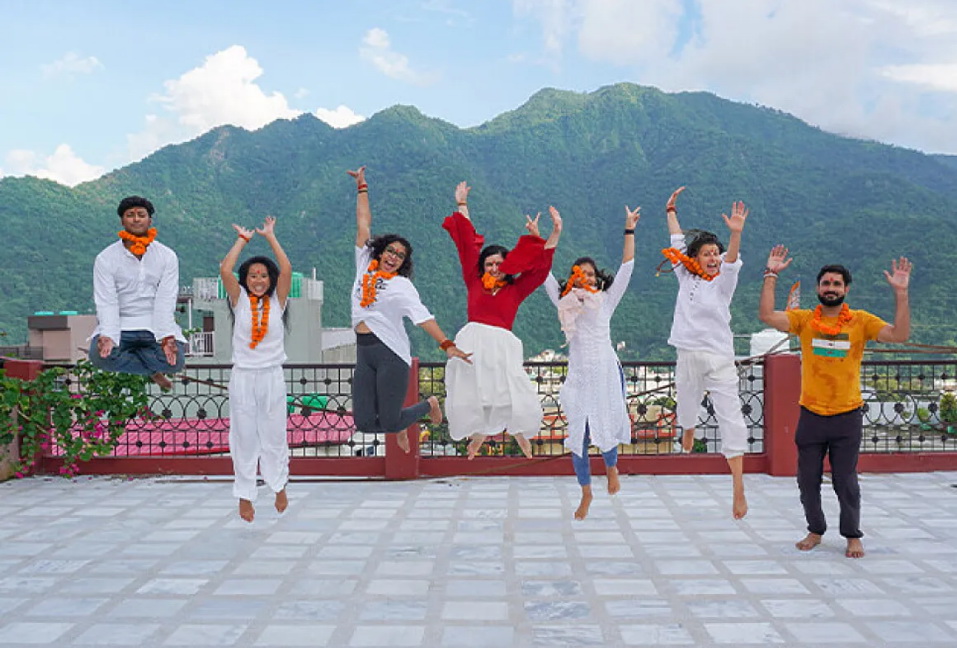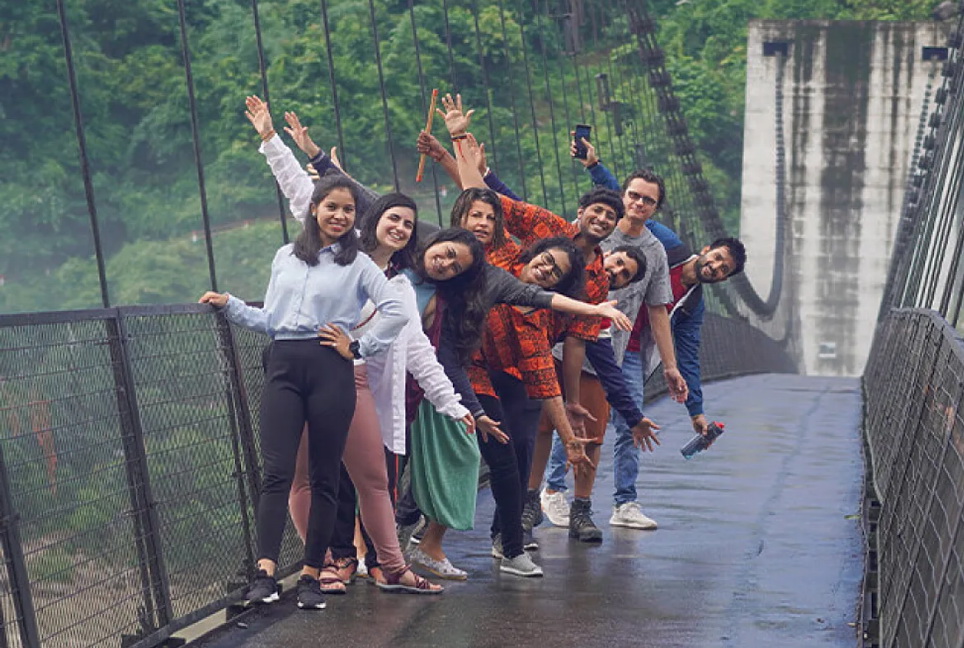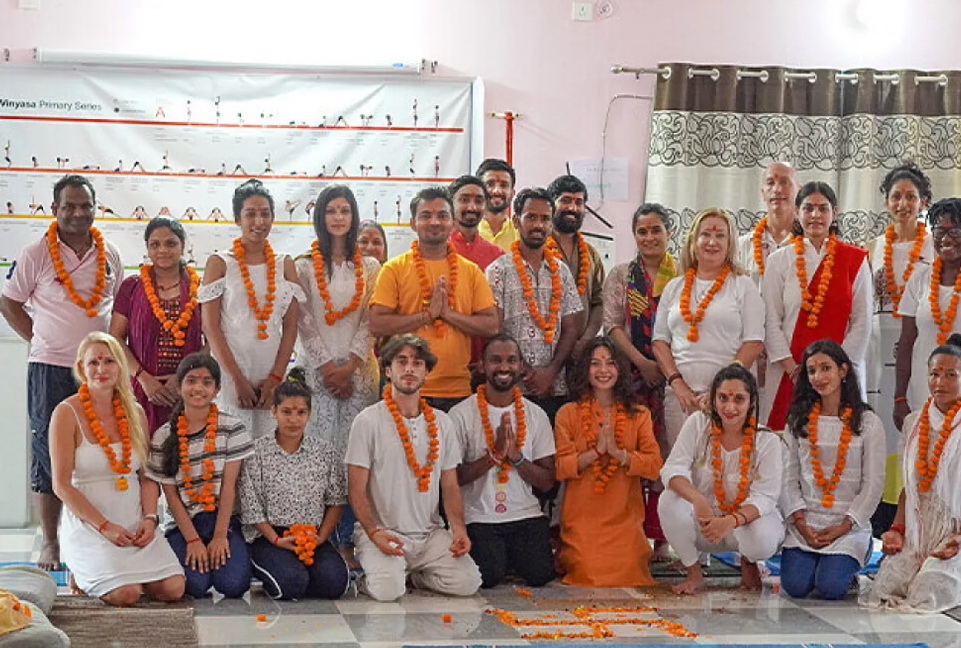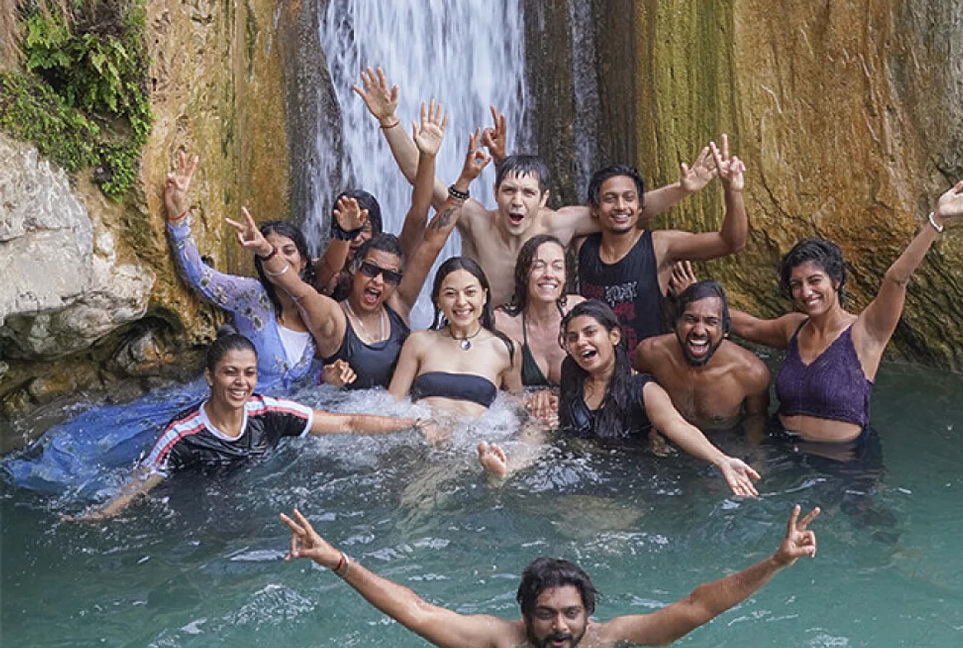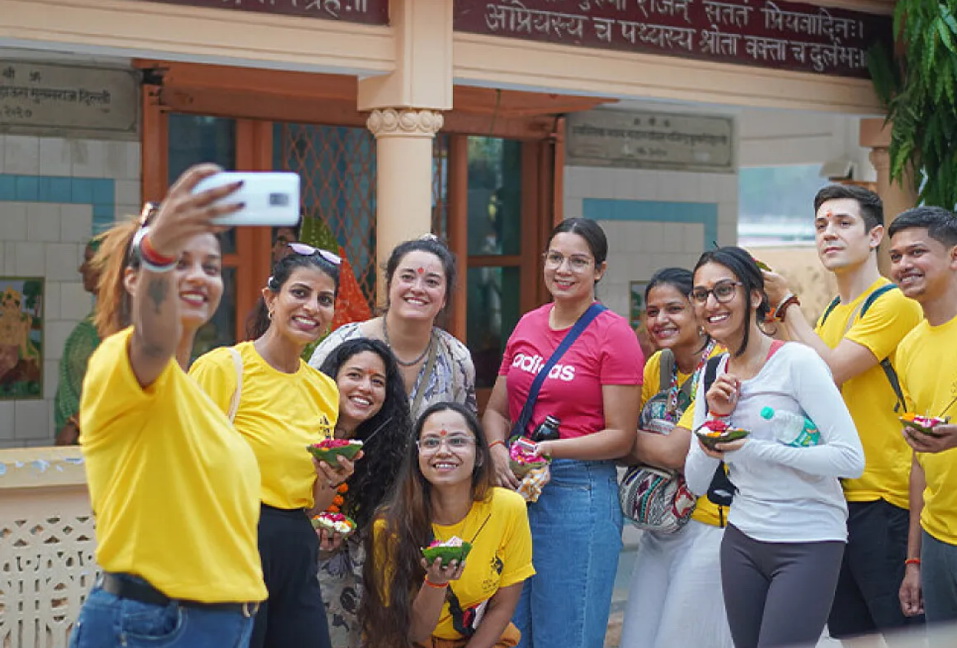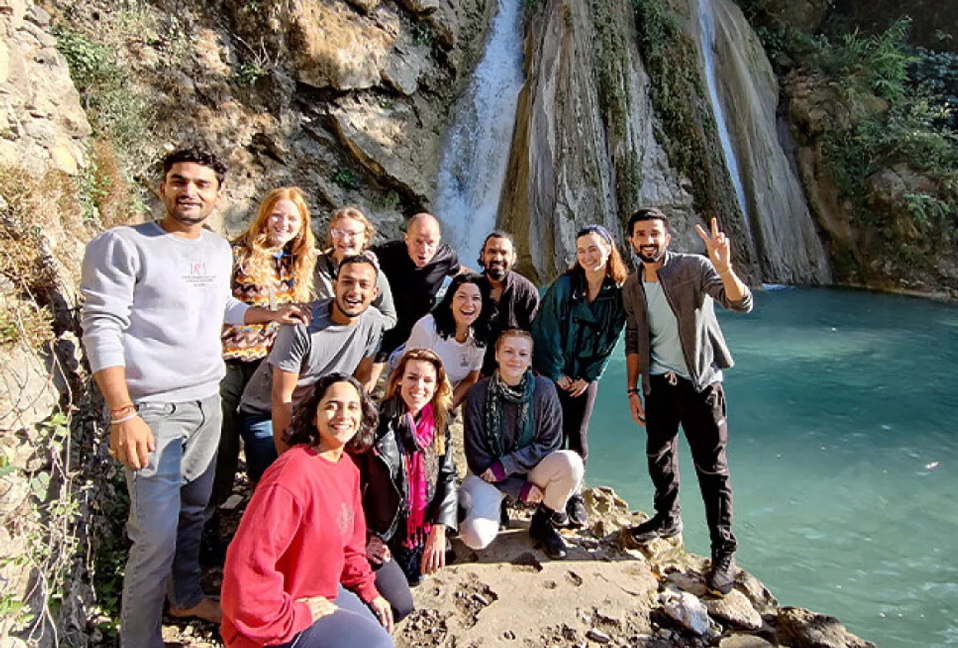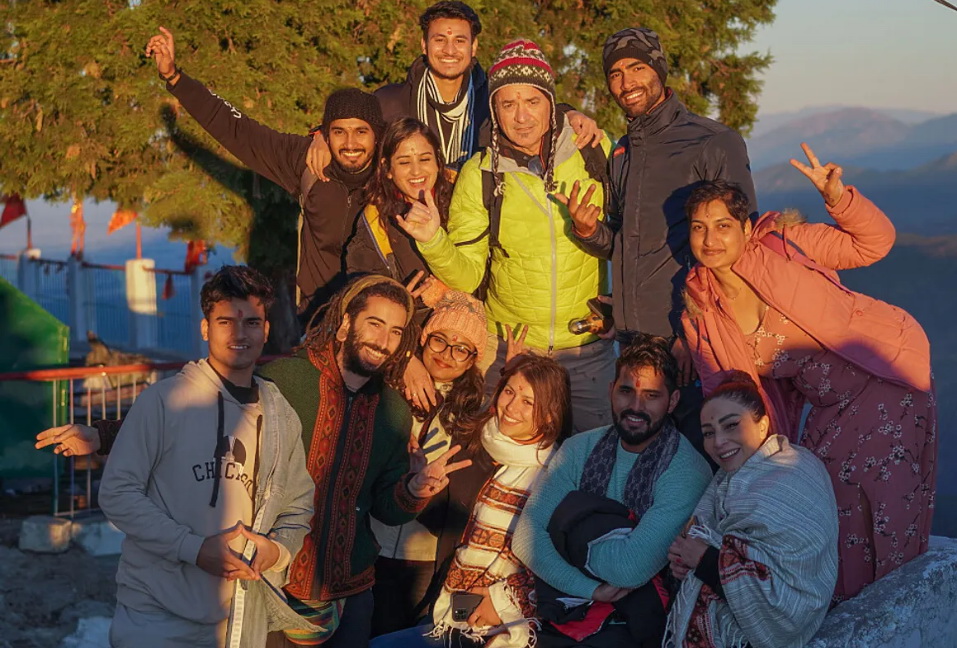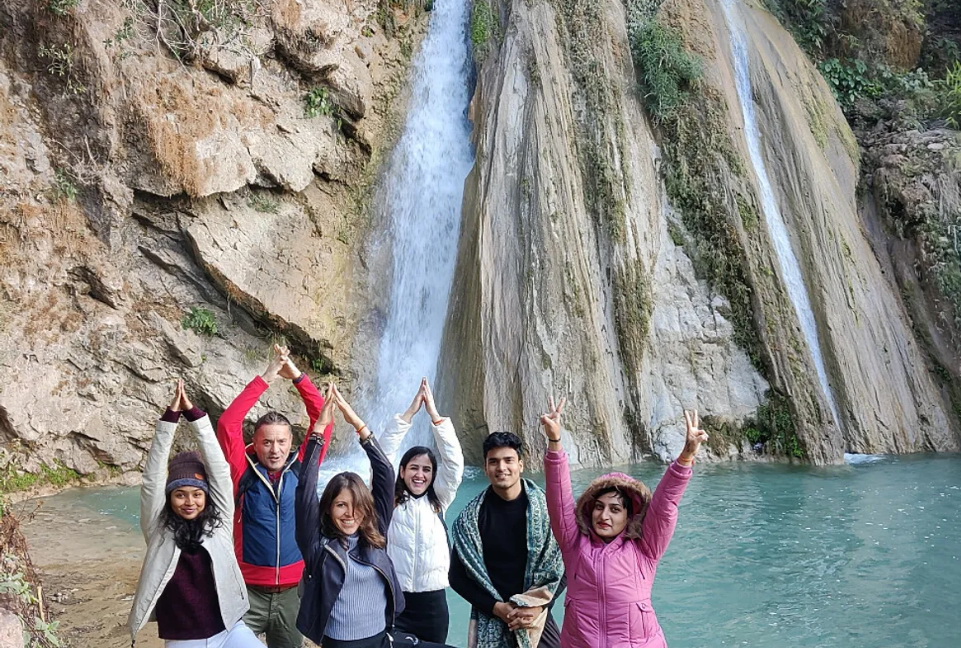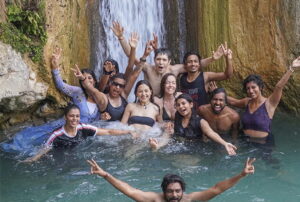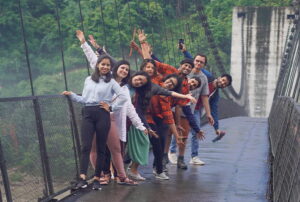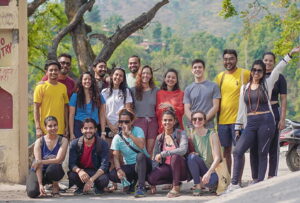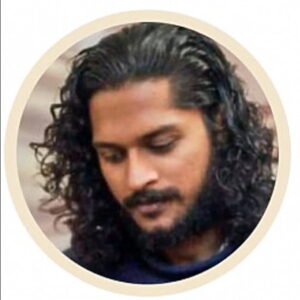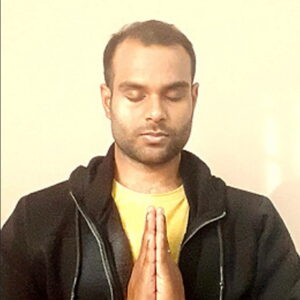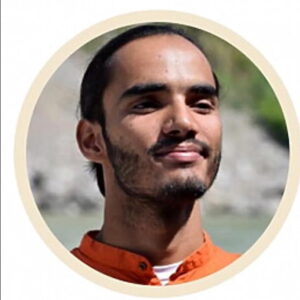Retreat category
Yoga Training retreatsRetreat style
Ashtanga Yoga.
Ayurveda Yoga.
Hatha Yoga.
Vinyasa Yoga.
Dynamic Yoga.
General YogaLanguage of instruction
EnglishRetreat Month(s)
in abbreviated form e.g: Jan 24, Feb 24, Jun 24 or e.g: all year round if applicable to your retreat
All Year Round
Max. Group size
10 guestsLevel
Beginner-IntermediateParticipants Welcome
Solo-Couples-FamiliesMeals included
3 mealsDiets available upon request
Vegetarian, Vegan, Gluten Free, Dairy-free, Egg-free, Halal
Description
list the major aspects of your Retreat you would like to bring forward (make it concise)
This course is for those who want to take their practice to a deeper and more meaningful level, or alternatively, teach others the yogic science.The aim of this course is to improve the knowledge base and depth of your personal practice and produce inspired yoga teachers who are able to draw on their own experiences to impart yogic knowledge to others.Join us for our 200-Hour Holistic-Health Yoga Teacher Training. This course is fully registered with Yoga Alliance USA. The course brings together the traditions of India and western contemporary thought.We offer a program that is presented in a fun, relaxed, modern, and progressive environment. We promote ourselves as a teacher training school in Rishikesh where our students can get certified in a holiday environment. If you do not want to become a yoga teacher, you are still welcome to join and will get heaps of great yogi experience.
Course overview:
Recitation of Sacred Healing Sound (mantra chanting) :The purpose of mantra chanting in yoga is to generate vibrations and connect with the universe. Each mantra is special and rich with spiritual energy.
Tvameva Mata capita Tvameva (Sloka on gods)Om Asato Maa Sadgamaya (Mantra from Upanishad)Om Tryambakam Yajamahe (Mantra on Lord Shiva)Om Sahana vavatu (Mantra from Upanishad)Guru Brahma Guru Vishnu Gurudeva Maheshwari (Guru stotram)Yogena Cittasya (Sloka on sage Patanjali)Hare Rama, Hare Krishna (Maha mantra)Hatha Yoga course syllabus:The word Haṭha literally means force and thus alludes to a system of physical techniques. In India, Hatha Yoga is associated with popular tradition.
Pawanmuktasana series 1Pawanmuktasana series 2Pawanmuktasana series 3Surya Namaskar (sun salutation)Chandra Namaskar (moon salutation)Tadasana (palm tree pose)Triyak tadasana (swaying palm tree pose)Trikonasana (triangle pose)Parivirtatrikon asana - revolving triangle poseUttkatasana - chair poseVirabhadrasana 1 - warrior 1Virabhadrasana 2 - warrior 2Virabhadrasana 3 - warrior 3Ardha Chandrasana - half moon poseVriksasana - tree poseParvatasana - mountain poseAdho mukha svanasana - downward facing dogKati chakrasana - waist rotating poseMalasana - squatted yoga poseGarudasana - eagle poseBaddha Konasana - bound angle poseRajkapoot asana - pigeon poseBhujanghasana - cobra poseUrdhva mukha svanasana - upward facing dogMatsyasanaSetu BhandasanaUtrasanaDhanurasanaSalabhasanaSupta Virasana - reclining hero poseVirasana - hero poseVajrasana - thunderboltGomukhasanaBalasanaDandasanaArdha MatsyendrasanaYoga Therapy & Ayurveda:
Introduction and importance of Yoga Therapy
Understanding individual body types and ailments through Yoga TherapyPlanning a nutritious yogic diet programme, making lifestyle changes through yogic mindful living and meditative practicesUnderstanding and applying the practices and philosophy of yoga in our daily lives, as well as advocating their therapeutic benefits to the worldBeing in connection with nature’s five elements, adopting a healthy and environmentally-conscious lifestyle and truly understanding our responsibility as human beings on all levels and stages.History and basic principles of AyurvedaThree types of body constitution and their diagnosisSaptaDhatu (7 body tissues) and how to nurture them by herbs and yoga practicesThe basic concept of Panchakarma and massage therapy6 types of tastes and their relation to body constitutionsUses of general herbs and remediesShatkarma and Asanas therapeutic application and benefitsPranayama (breathing practices):Pranayama is an ancient yogic breathing technique that is used as preparation for meditation and is a vital aspect of practicing yoga. It improves the respiratory system and purifies the body and mind.
What is Prana and Pranayama?
How Prana flows in the body?Types of major and sub pranaPranayama and life spanPrana healingKnow how to breathe correctlyDiaphragmatic breathing and qualities of breathAnatomy of pranayamaKapal Bhati Pranayama Level IBhastrika Pranayama Level IBhramari Pranayama Level ISitli and Sitkari Pranayama without retentionYogic breathing Level I with sitting and supine positionNadi sodhanam Pranayama 1 techniquesMudra (yoga gestures):The practice of mudras, hand gestures, is an ancient facet of yoga. Performing gestures affects the energy flow of the body and can change a person's spiritual and mental characteristics.
Jnana mudraChin mudraYoni mudraBhairava mudraShambhavi mudraNasikagraKhechariBandhas (energy lock):The practice of Bandhas expands the lung capacity and breathing capabilities during yoga. It also strengthens the entire body from the inside out.
PreparationUddiyanaJalandharMula and Maha bandha teachingTeachingDoubtsMeditation (Dhyana):Meditation is a systematic practice that promotes physical, mental and emotional tranquility with the purpose of reaching Samadhi (self-realization).
Introduction to meditationBreathing awareness meditationOm/mantra meditationTratakaDynamic meditationTips for developing concentrationSilence practiceAjapa japaSo-ham meditationNadabrahma meditationMantra MeditationAntar mouna -Yoga Nidra (psychic sleep)Yoga Nidra:
When a yoga practitioner moves through the various internal states of Yoga Nidra, a profound experience of relaxation occurs. This is called Turiya, a sensation of pure bliss.
Basic relaxationTension relaxationFull body relaxation - Yoga cleansing (Shatkarma)Yogic cleansing exercises are important to learn how to incorporate your breath and meditate properly during physical aspects of yoga. It also removes the blockages in the energy channels.
Jalaneti Satkarma (Nasal cleansing with salty water)Rubber neti (Nasal cleansing with a rubber string)Agnisar KriyaAnatomy and physiology (Sharir Vijnan):A proper understanding of the physical body will help to prevent injury before, during and after practice. There are two kinds of yoga anatomy: physical and spiritual. Understanding both types is necessary.
Digestive systemRespiratory systemCirculatory systemNervous systemEndocrine systemOrgansBodily systemsNadisChakrasMuscular systemSkeletal systemMuscle functions according to joint movementsAnatomy of breathingInversionsSavasanaYoga Philosophy (Yoga Darshana) :Yoga philosophy is the foundation of our yoga practice and is the key to earn yogic strength. Through the path of Vedanta philosophy, you will establish a solid, well-rounded yoga practice.
Patanjali Yoga Sutras:An introduction to the Himalayan tradition of yoga
Introduction to the different Indian philosophyHistory of yogaYoga Sutra of PatanjaliTypes of yogaEight limbs of yogaYamas and Niyamas (ethics of yoga)Philosophy of asanaConcentration and its powerFour aspects of mindHow to control the mindSamadhi and the goal of yogaIntroduction to Bhagavad GitaChakrasKundaliniScience of KarmaIndian culture and spiritualityTeaching practice (Adhyapanam):Students will take turns practicing their teaching skills by performing in front of their peers and teachers.
DemonstrationAlignmentInstructionsTeaching methodology:A yoga teacher should efficiently perform the practical applications of class planning and preparation. At Adi Yogpeeth, their students will learn how to create a positive and peaceful class environment for an enjoyable and transformative experience.
Positive and conscious communicationFriendship and trustTime managementQualities of a teacherPrinciples of demonstrating, observation, assisting, correctingUse of voice in classMental and emotional preparation for teachingClass preparationStep by step class structure planningAssessments are based on:
Students taking turns to practice their teaching skills by performing in front of their peers and teachersWritten testOral testAttendancePerformanceBehavior

